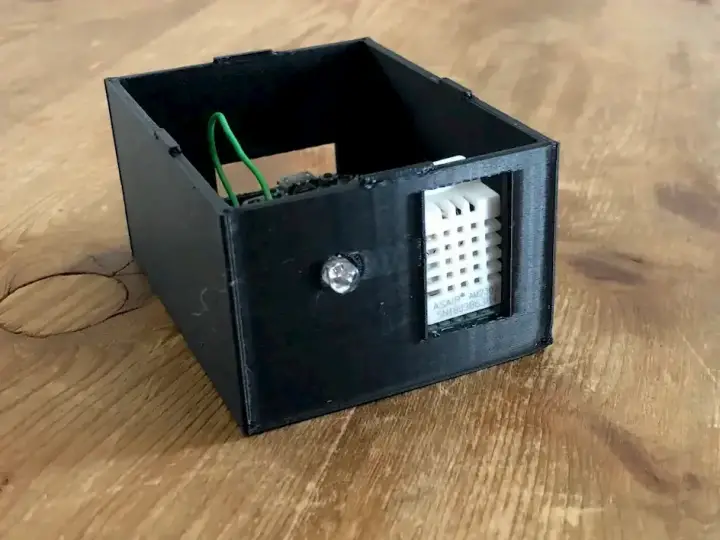What are the Types of Smart Bulbs?
Updated on 31st Aug 2020 20:28 in General, Smart
Smart bulbs are a fascinating purchase that can make your home feel a lot interesting. One of the things that make buying these bulbs is the sheer amount of products available on the market. A quick search on Amazon returned thousands of results, and they all kind of look the same. So how do you know which one to pick? Today we're going to talk about the types of smart bulbs that are available and why someone might choose each one.
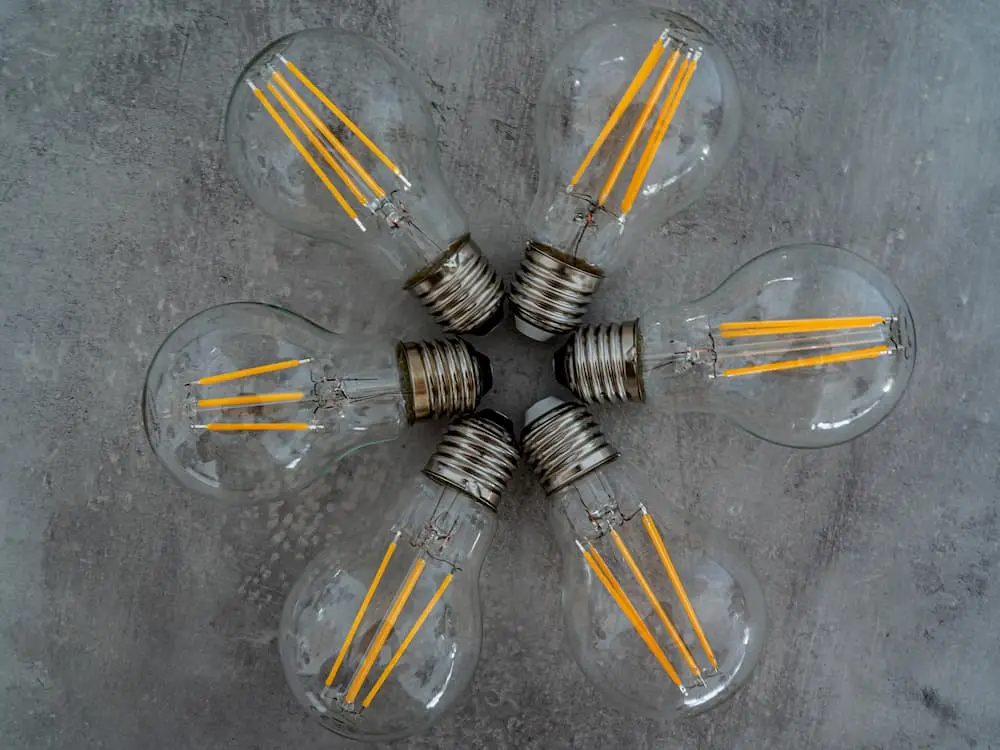
Table of Contents
The types of smart light bulbs
As a general rule, there are two major categories of smart bulbs: those that provide RGB or those that attempt to mimic a classic bulb. It's important to note that there also exist distinctions within these categories, especially when it comes to which technology the bulb is actually using. To fully understand what's going on with these smart bulbs, we need to be prepared to talk a bit about what it actually means to create light and how each type handles it.
Lights that mimic classic bulbs
These are pretty straightforward - they implement smart controllers allowing the full control and dimming of the bulb without it looking any different than your average bulb. Usually, they come in the form of an "Edison" style which is easy to identify with it's very vintage looking design. If you're looking for the recessed type of light that goes into the ceiling, there also exist smart LED versions of these that don't try to be too crazy and look reasonably normal.
The reason someone might select such a bulb instead of some of the crazier LED options is that they actually output warm light similar to an incandescent bulb. It's quite crucial in some situations that broad-spectrum light be used instead of using different combinations of red, green, and blue. You may have noticed that for some reason fluorescent lights make things look bluer or that having a room illuminated only with red light makes things look really weird.
There's an excellent reason for this, look at the graph showing the emissions of a 50W incandescent bulb. It contains emissions starting at the 400nm (violet) all the way up to 900nm which is actually infrared (this is part of the reason these bulbs emit quite a lot of heat). This relatively even spread of light allows most of the colours that can be seen by the human eye to become visible in a space illuminated using one of these bulbs.
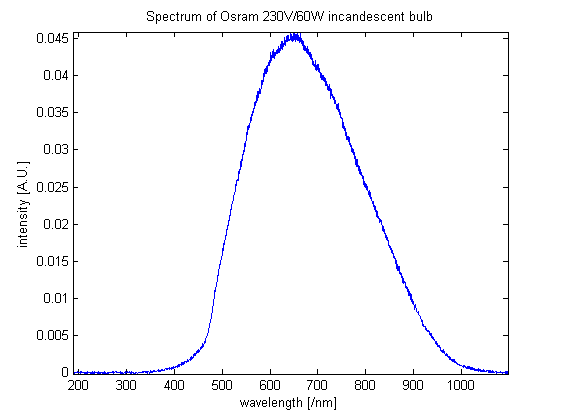
Now compare that to this graph of the red, green, and blue components of an RGB smart bulb. You can see that the wavelengths covered by each of the LEDs inside the bulb are very narrow and barely even cover all of the different variations of their respective colour. A space lit with a bulb that is set to "white" - by turning on all three LEDs at the same time - actually is only emitting something similar to this graph, which is why normal things can suddenly look very strange.
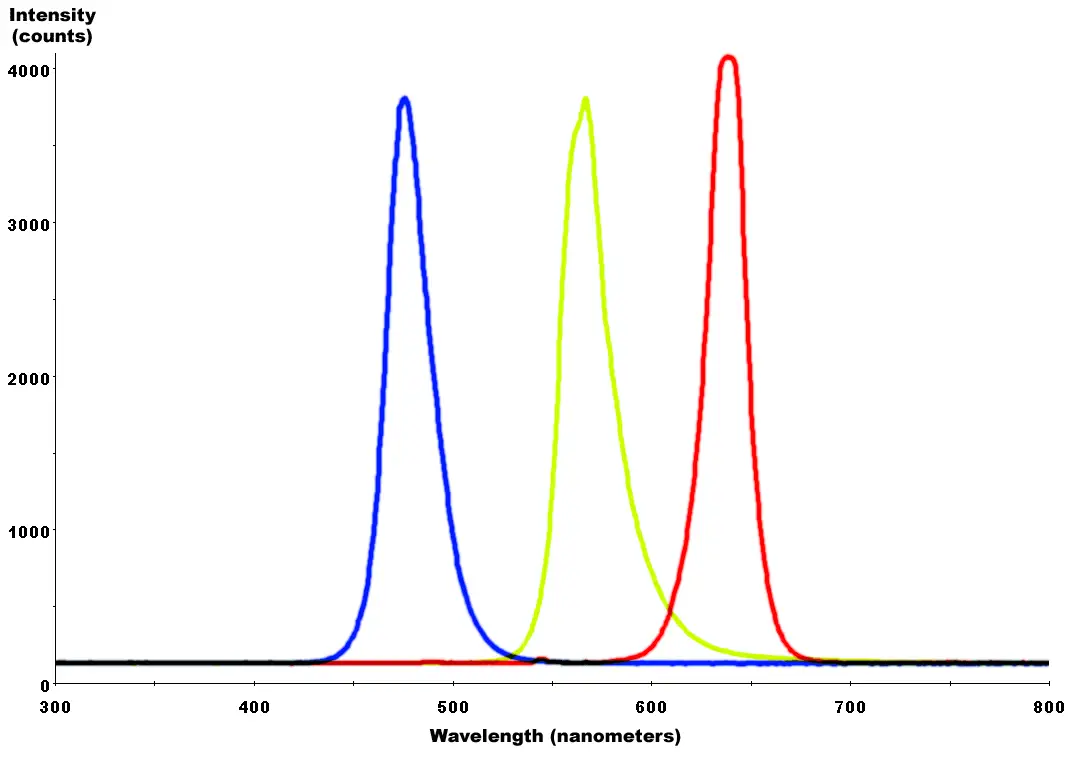
Image from Deglr6328 / CC BY-SA
(http://creativecommons.org/licenses/by-sa/3.0/)
A classic incandescent imitation smart bulb can then be a perfect choice for spaces where it might be expected that the lighting is more normal, such as a kitchen or a dining room. They offer many of the same benefits as their RGB counterparts, with the biggest difference being that these only have one colour setting.
RGB lights
These seem to be all the rave these days, in fact doing a search for "smart bulb" yields results that are almost exclusively crazy RGB models. The reason is that these offer some of the more exciting and unique features that just can't be found in a regular bulb. Obviously, the multicolour bulb can only exist alongside some sort of control unit, be it a mobile app or a full smart home system. Without either of these, there would be no way to change the colour without some sort of special wall switch or something of the like.
As such these bulbs have mostly gotten so popular as a result of their ability to change colours and offer different ambiences with the flick of a finger. However, due to the spectrum issues mentioned earlier, I find it hard to say that RGB lights are the solution to all or even most smart lighting applications. Personally, I only have a few smart bulbs here and there - the rest are actually smart dimmer switches that I installed in the wall socket.
There actually exists some bulbs that aim to solve the spectrum problem previously mentioned by adding a white LED to the mix. As can be seen on the graph, the white LED actually does a fair bit to resolve the issue of lousy spectrum coverage that an RGB bulb would have. You might notice that the "white" LED actually has a substantial spike in the 450nm range, which is why it still isn't perfect.
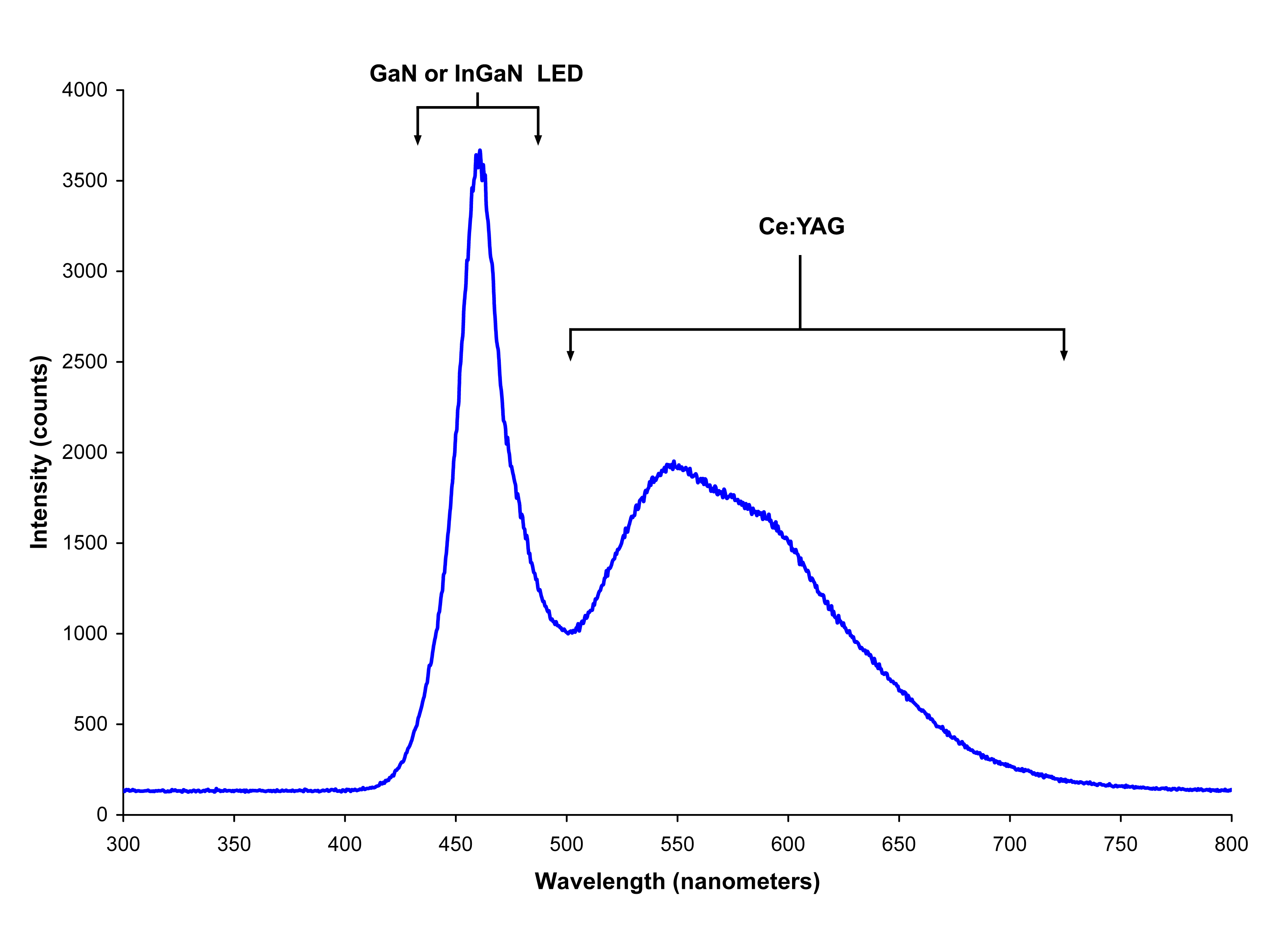
Image from Deglr6328 / CC BY-SA
(http://creativecommons.org/licenses/by-sa/3.0/)
The spike is caused by the actual LED that they use to create the light while the smoother second wave from 500nm-700nm is created by a coat of phosphor placed on its packaging. Bulbs that make use of this will usually be labelled as RGBW to make the distinction between models having only three colours and this one, although it's worth noting that it was quite a bit harder to find devices that fit this description.
Which should you pick?
All that said, if you are considering getting smart bulbs I recommend buying one RGB bulb and one "white" style bulb. Use the two to compare different lighting scenarios in different rooms and in various fixtures. While one might look great in one situation, it could look awful in another. Keep in mind that things like lampshades, which diffuse the light produced, can absorb specific wavelengths effectively changing the colour of the light before it gets to light anything.
I would not recommend using any sort of RGB lighting in the kitchen or anywhere that people eat because the wavelengths produced by these bulbs can make food look a lot less appetizing. If you have an RGB bulb try it out! Set it to be on full brightness on red, make sure there is no other source of light and bring out some food. Anything that usually looks green will look like a washed-out grey, and while I don't think I would set my lights to be solid on a single colour, even the RGB "white" can produce some strange effects.
As a final note, keep in mind that traditional single colour smart bulbs will be a lot cheaper for an equivalent "normal" lighting effect than any sort of RGBW bulb. So for situations where a more traditional lighting installation is required I recommend checking out smart dimmer switches too since they allow the use of current inexpensive bulbs.
Summary
If you're looking for a bulb to put in your kitchen or dining table, it may be a good idea to look at warmer white bulbs such as the Edison style. These offer a beautiful warm light that is similar to the one you are probably replacing, which is a good thing when there are other people around that don't necessarily want to have to adapt to a new kind of lighting. However, if you are looking for something to really create an ambience, the RGB bulbs are absolutely the way to go. Some bulbs even feature a separate white LED, often called RGBW, which can help make the light emitted closer to normal when you aren't trying to have an ocean themed party.

